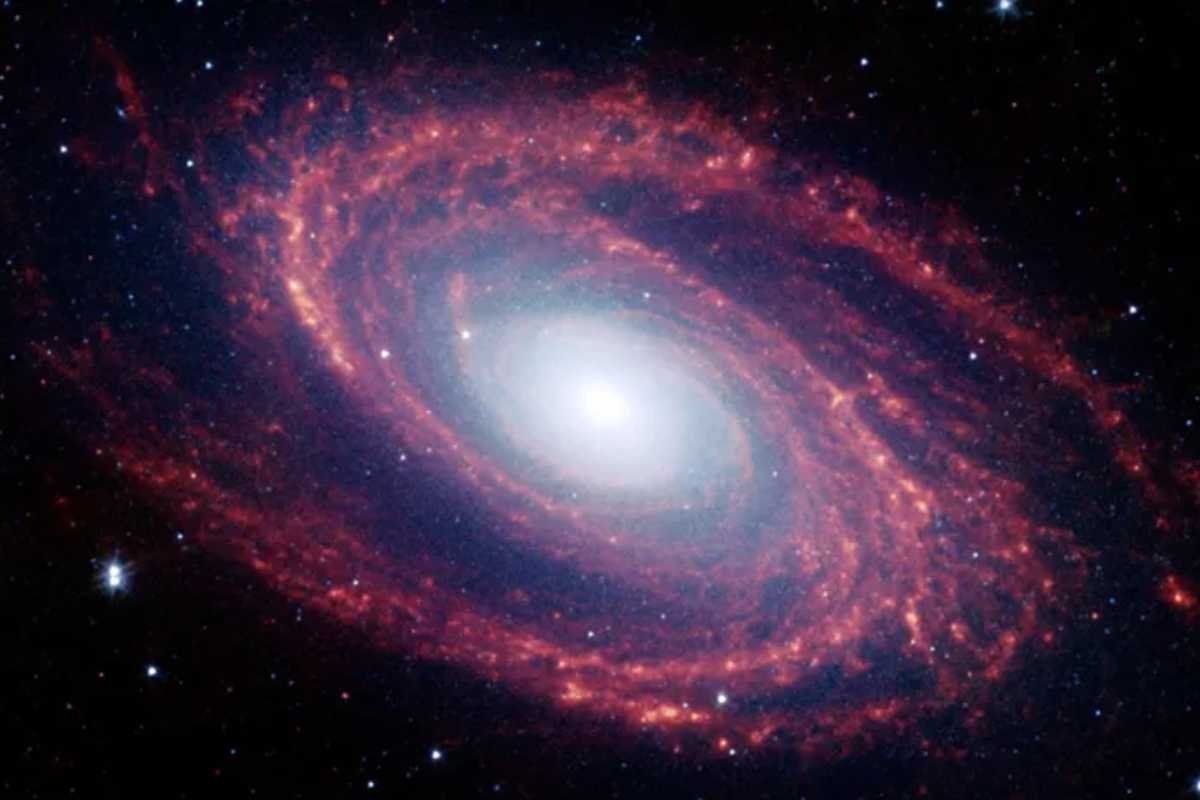Decades-Long Mystery Nears Resolution
In a groundbreaking discovery, astronomers believe they have located the long-elusive “missing” half of the universe’s regular matter — not to be confused with dark matter — in massive, previously undetected clouds of hydrogen gas. For years, scientists have struggled to account for all of the universe’s normal matter, or baryonic matter, which should make up around 15% of the cosmos. While stars, galaxies, and other visible structures explained part of this, roughly half of the matter remained untraceable — until now.
A global team of researchers has found compelling evidence suggesting that ionized hydrogen gas, more widely dispersed around galaxies than previously imagined, may hold the answer. “The measurements are certainly consistent with finding all of the [missing] gas,” said study co-author Simone Ferraro, an astronomer at the University of California, Berkeley. The research, which is still undergoing peer review, is currently available on the preprint server arXiv and expected to appear in Physical Review Letters.
Mapping the Invisible with Advanced Instruments
The team’s findings stem from data collected by two powerful instruments: the Dark Energy Spectroscopic Instrument (DESI) in Arizona and the Atacama Cosmology Telescope in Chile. By analyzing light from roughly 7 million galaxies using DESI, researchers were able to “stack” their images and detect faint halos of ionized hydrogen gas enveloping the outer edges of galaxies — regions typically too dim to observe through traditional methods.
Rather than detecting the gas directly, scientists measured how these diffuse hydrogen clouds affected the cosmic microwave background (CMB) — the faint afterglow of the Big Bang that permeates the universe. By observing how the CMB’s radiation was dimmed or brightened as it passed through these gas hydrogen clouds, the researchers could estimate their scale and density.
What they found was astonishing: not only are these halos more extensive than once believed, but they also appear to form filament-like structures — a “cosmic web” that stretches between galaxies. If these gaseous filaments span most of the universe, as the data suggests, they could feasibly account for the missing matter that has puzzled scientists for decades.
Black Holes and New Models of the Universe
Beyond solving a long-standing cosmological puzzle, the discovery may also reshape our understanding of black holes. Until now, scientists thought supermassive black holes at galactic centers only released gas during their early stages. However, the presence of such large-scale diffuse gas hydrogen clouds implies that black holes might become active more often than assumed.
“One of the hypotheses is that [black holes] turn on and off occasionally in what is called a duty cycle,” explained Boryana Hadzhiyska, the study’s lead author and fellow astronomer at UC Berkeley. This behavior, if confirmed, could have wide-reaching implications for astrophysics and galaxy evolution.
Looking ahead, researchers plan to incorporate these findings into existing cosmological models to better understand the structure and development of the universe. “There are a huge number of people interested in using our measurements to do a very thorough analysis that includes this gas,” Hadzhiyska added.
If verified, this discovery could close one of the most perplexing gaps in our understanding of the universe.







